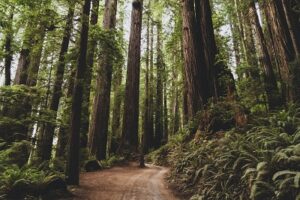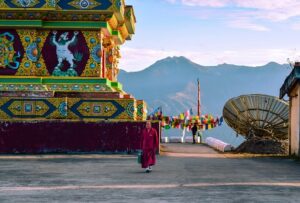While cities like Tokyo and Kyoto are popular for their vibrant culture and bustling streets, Japan’s true charm often lies in its lesser-known, off-the-beaten-path destinations. In this post, we will unveil some of Japan’s hidden gems.
If you want to escape the crowds and experience a more intimate, unique and authentic side, here are some hidden gems of Japan that will take you on an unforgettable journey through the country’s diverse landscapes and rich heritage.
Top 10 Hidden Gems of Japan
1. Shikoku’s 88 Temple Pilgrimage: A Journey of Peace and Spirituality
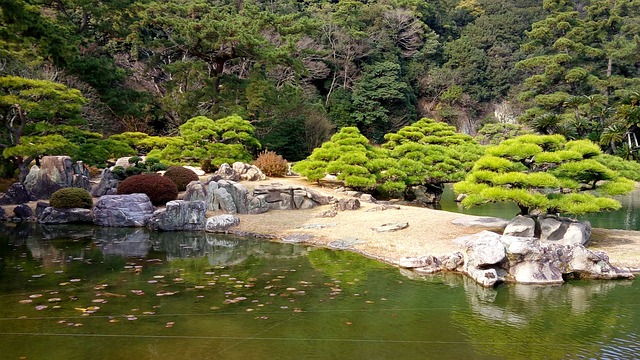
Shikoku is the smallest island in Japan. It offers a transformative experience for those seeking peace and tranquillity. The 88 Temple Pilgrimage is a 1,200-kilometer route that spans the island, connecting 88 Buddhist temples.
This sacred journey takes you through lush forests, mountain passes, and picturesque villages, offering a unique blend of spirituality and natural beauty. Whether you’re walking the entire route or just visiting a few temples, Shikoku’s serenity is a stark contrast to the hustle of Japan’s major cities.
2. Iya Valley: A Step Back in Time
Tucked away in the mountains of Shikoku, Iya Valley feels like stepping into another era. Known for its misty landscapes, ancient vine bridges, and remote mountain villages, Iya Valley offers a glimpse into rural Japan at its most rustic.
You should definitely explore the Kazurabashi Bridge, a vine-woven bridge suspended over a deep gorge, or hike along trails that wind through dense forests and past hidden waterfalls. If you’re looking for adventure and an escape from the modern world, this valley will steal your heart.
3. The Ogasawara Islands: Japan’s Galapagos
Far off the coast of Tokyo, the Ogasawara Islands are a world in themselves. A UNESCO World Heritage site, this remote archipelago offers pristine beaches, crystal-clear waters, and a wealth of unique wildlife.
The islands are often called “Japan’s Galapagos” due to their distinct ecosystem, home to species found nowhere else on earth. The Ogasawaras are perfect for eco-tourism enthusiasts looking to explore nature on their own terms, whether through snorkelling, hiking, or enjoying the peaceful island life.
4. Kanazawa: A Hidden Historical Treasure
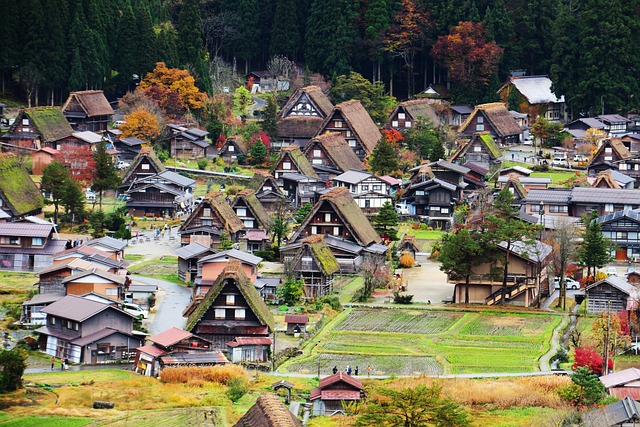
Kanazawa is one of Japan’s best-preserved cities, offering a blend of old and new without the overwhelming crowds of Kyoto. You must stroll through the stunning Kenrokuen Garden, which is one of Japan’s three most beautiful gardens.
Also, you can wander the historic Higashi Chaya District, known for its traditional teahouses. Kanazawa also boasts samurai and geisha districts, giving visitors a fascinating glimpse into Japan’s feudal past. With its quiet charm and rich history, Kanazawa is definitely one of the best hidden gems of Japan offering a perfect alternative to more tourist-heavy destinations.
5. Tottori Sand Dunes Conan Park: Japan’s Desert Oasis
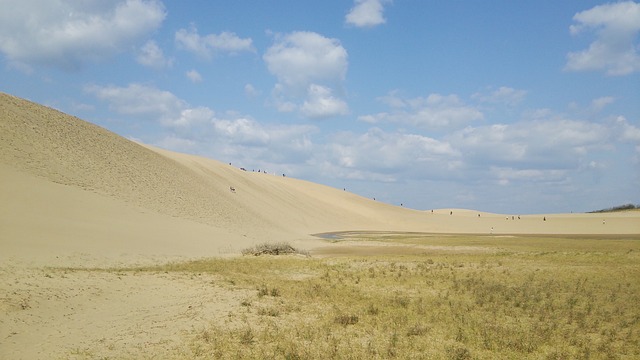
While Japan is often associated with lush greenery and mountainous landscapes, Tottori Sand Dunes Conan Park proves the country’s diversity. Located on the coast off the Sea of Japan, this expansive desert-like landscape is perfect for those wanting to experience something entirely different.
You can ride camels, explore vast sand dunes, and visit the Tottori Sand Dunes Conan Museum to learn about the region’s unique ecosystem.
6. Sado Island: Cultural and Natural Heritage
Located off the coast of Niigata Prefecture, Sado Island is known for its rich cultural history and natural beauty. It is home to the famous Kodo Drummers, who perform traditional Taiko drumming.
It also offers scenic spots like Shukunegi Village, where ancient wooden houses line the narrow streets. The island also boasts beautiful hiking trails, including the stunning Sado Island Gold Mine, a reminder of Japan’s mining past. For a quiet getaway that blends culture and nature, Sado Island is a must-see.
7. Kiso Valley: A Walk Through History
The Kiso Valley, located in the Nagano Prefecture, offers a glimpse into Japan’s past. Home to the historic Nakasendo Trail, one of the country’s old postal routes, Kiso Valley takes visitors through well-preserved post towns like Magome and Tsumago, where time seems to stand still.
These charming villages are lined with traditional wooden buildings, offering a peaceful atmosphere for those seeking a slower pace. Hiking along the Nakasendo Trail is a perfect way to experience the region’s beautiful nature and history.
8. Goto Islands: Japan’s Secret Paradise
Located off the coast of Nagasaki, the Goto Islands are a hidden tropical paradise that few travelers know about. With beautiful beaches, crystal-clear waters, and a laid-back atmosphere, the Goto Islands are perfect for those seeking a quieter, more secluded experience in Japan.
The islands are also steeped in Christian history, with several churches dating back to the 16th century. Whether you’re exploring the islands’ serene landscapes or learning about their unique cultural heritage, the Goto Islands offer an unforgettable experience.
9. Yakushima: An Ancient Island of Mystical Forests
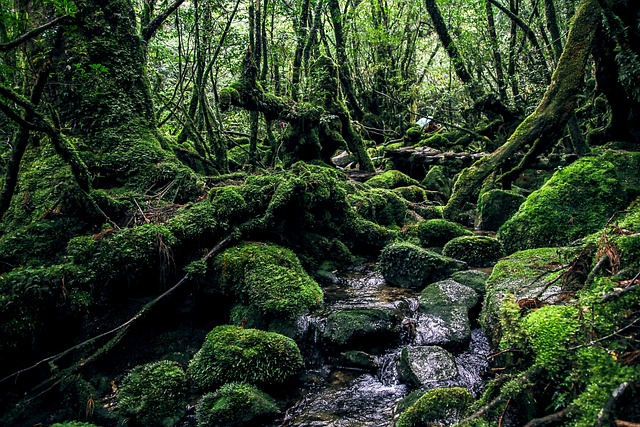
Yakushima, a lush island located south of Kyushu, is famous for its ancient cedar trees, some of which are over 1,000 years old. A UNESCO World Heritage site, Yakushima is a hiker’s paradise, offering trails through dense forests and up to the island’s highest peak, Miyanoura Peak.
The island’s mystical atmosphere, combined with its incredible biodiversity, makes it a truly special place to visit. A perfect destination for nature lovers and those seeking solitude in Japan’s untouched wilderness.
10. Hakui: A Secluded Coastal Escape
Nestled along the coast of Ishikawa Prefecture, Hakui is a serene and often overlooked destination that offers a quiet retreat by the Sea of Japan. Known for its pristine beaches, rolling hills, and ancient shrines, Hakui is perfect for those seeking a peaceful coastal escape.
The area is home to Chirihama Nagisa Driveway, a rare stretch of beach where visitors can actually drive along the shore, offering a unique experience in Japan. Hakui is also known for its stunning Suwa Shrine, a sacred site that draws visitors for its tranquil atmosphere and panoramic views over the sea. If you’re looking to explore a lesser-known part of Japan’s coastline, Hakui offers a perfect blend of natural beauty and cultural heritage.
Conclusion
These hidden gems of Japan offer travellers a chance to step off the well-worn tourist path and immerse themselves in the country’s quieter, more authentic side.
From the spiritual serenity of Shikoku’s pilgrimage to the remote beauty of the Ogasawara Islands, these destinations are perfect for those seeking unique experiences. Whether you’re an adventurer, a history buff, or a nature lover, Japan’s off-the-beaten-path treasures are waiting for you to discover.
FAQ’S =》
1. What is the best time to visit these hidden gems in Japan?
The best time to visit depends on the destination:
- Shikoku’s 88 Temple Pilgrimage: Spring (March-May) or autumn (September–November) for pleasant weather.
- Iya Valley: Autumn for vibrant foliage or spring for blooming flowers.
- Ogasawara Islands: Winter and spring (December–May) for whale watching and warm weather.
- Yakushima: April–May for lush greenery or fall for cooler hiking conditions.
- Kanazawa: Year-round, though spring and autumn are particularly picturesque.
2. Are these hidden destinations accessible for first-time visitors to Japan?
Yes. While these hidden gems are less touristy, many are easily accessible with Japan’s world-class public transportation system, such as the Shinkansen (bullet train) and local trains. Some places, like the Iya Valley, may require a bit more planning, e.g., rental cars or bus transfers, but they are still relatively straightforward to visit.
3. Are these destinations suitable for first-time visitors to Japan?
Yes, but they are better suited for travellers seeking a unique and immersive experience beyond Japan’s main tourist destinations like Tokyo, Kyoto, and Osaka. First-timers may prefer to mix these hidden gems with more iconic sights.
4. How can I reach remote locations like the Ogasawara Islands or Yakushima?
- Ogasawara Islands: Accessible only by a 24-hour ferry ride from Tokyo.
- Yakushima: Reachable by ferry or flight from Kagoshima in southern Kyushu.
Advanced planning is necessary due to limited transportation options.
5. Are these destinations family-friendly?
Most of these places are family-friendly, though some, like Iya Valley’s vine bridges and Yakushima’s hikes, may be challenging for young children. Destinations like Kanazawa and Tottori Sand Dunes are ideal for families.
6. What are the accommodation options in these areas?
Accommodations range from traditional ryokans (Japanese inns) to guesthouses and hotels.
- Shikoku: Temple lodging or budget inns along the pilgrimage route.
- Iya Valley: Ryokans offering mountain views.
- Ogasawara Islands and Yakushima: Small guesthouses and eco-lodges.
Booking in advance is recommended, especially in remote areas.
7. Is it safe to travel to Japan’s lesser-known destinations?
Japan is one of the safest countries to visit, including its lesser-known areas.
8. Are there any cultural or spiritual experiences I can enjoy at these destinations?
Yes, many of these hidden gems offer rich cultural or spiritual experiences. For example:
- The 88 Temple Pilgrimage in Shikoku provides a deeply spiritual journey through Buddhist temples.
- The Sado Island has a strong connection to Japan’s history, especially with its gold mining and Christian heritage.
- Iya Valley is home to ancient traditions, such as vine-bridge building and rural farming techniques.
- Kiso Valley lets you experience Japan’s traditional post towns and ancient roads.
9. Can I visit these destinations if I don’t speak Japanese?
While it’s always helpful to know some basic Japanese phrases, many travelers visit these hidden gems without speaking the language. In places like Kanazawa and Shikoku, there may be signs in English, and people working in hospitality and tourism are generally welcoming to foreign visitors. However, it’s always a good idea to have translation apps or guides available for more remote regions.
10. Are there guided tours available for these off-the-beaten-path destinations?
Yes, many of these hidden gems offer guided tours, often with local guides who can provide deep insights into the culture, history, and nature of the region. Some remote places, such as Iya Valley or Sado Island, may offer tours that focus on outdoor activities like hiking or nature walks. It’s worth researching in advance or booking a tour to enhance your experience.
